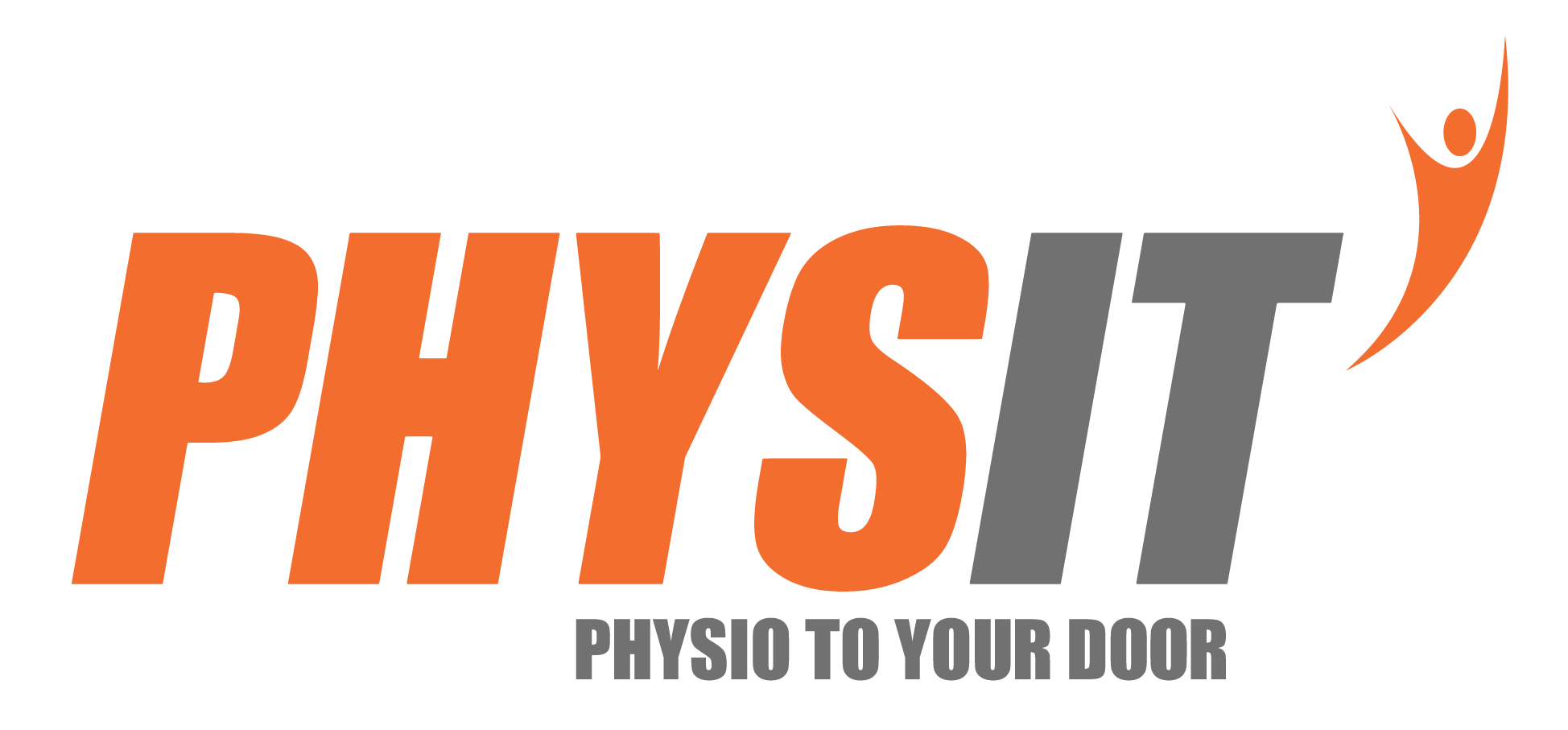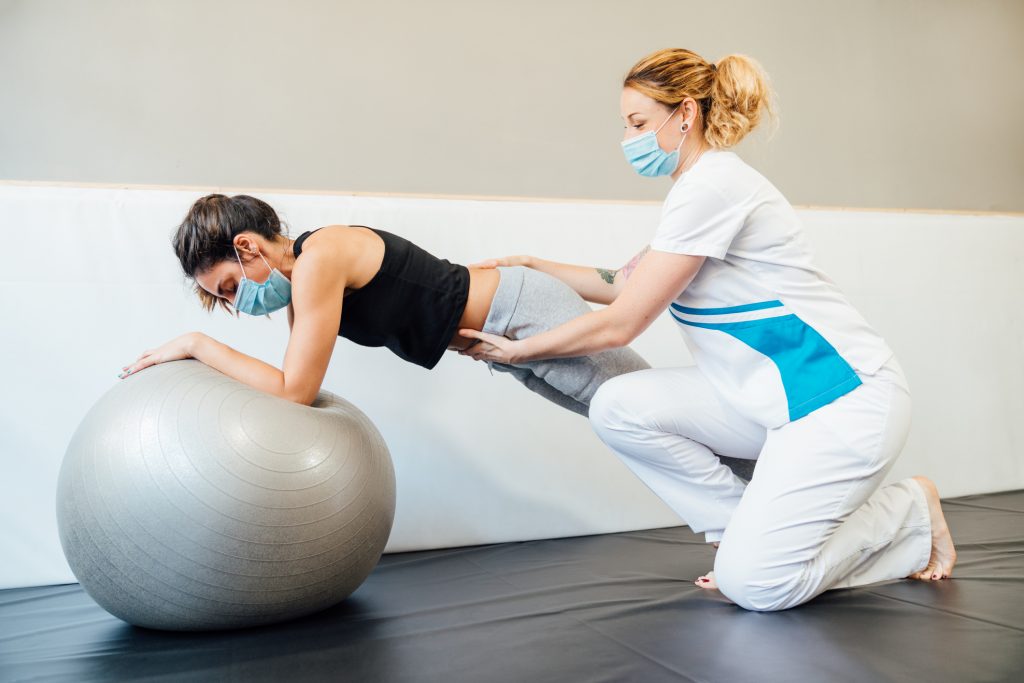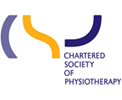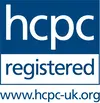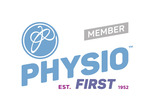COVID-19 can take a long time to recover from it and it can have a significant effect on quality of life. During the illness people usually lost muscle strength and weight, and joints stiffness. It is also estimated that patients lost 2% of muscle mass each day (NHS London North West University Healthcare, Physiotherapy Department, 2020).
For patients heading home after a hospital stay due to Covid-19, recovery can be a lengthy process and physical complications after COVID-19 can persist for weeks, months and even years. It might include heart and lung capacity, balance, impairments in muscle strength, pain, and walking ability leading to a loss of function and independence.
Above all, it is very important to start rehabilitation as soon as possible in order to improve mobility and strength. It is recommended to gradually increase activities of daily living and physical functioning.
Strengthening your back muscles, legs, arms as well as working on your balance with qualified physiotherapist are the key point of a long-lasting and beneficial recovery.
Here at Physit, our excellent team of physios can provide a wide range of effective home visit physiotherapy services for all patient’s experiencing post COVID-19 symptoms.
What symptoms show that you need post COVID-19 or long COVID-19 treatment?
Musculoskeletal
- Weakness, functional decline
- Decrease in muscle mass
- Muscle and joint pain
Respiratory symptoms
- Decreased exercise tolerance
How COVID-19 Physiotherapy assessment looks like?
Current functional challenges and your case injury check
Our physiotherapist will talk to you to fully understand all the challenges that you are facing and will get deeper into your medical history. This will help to formulate effective treatment and its results.
Patient examination – physical assessment
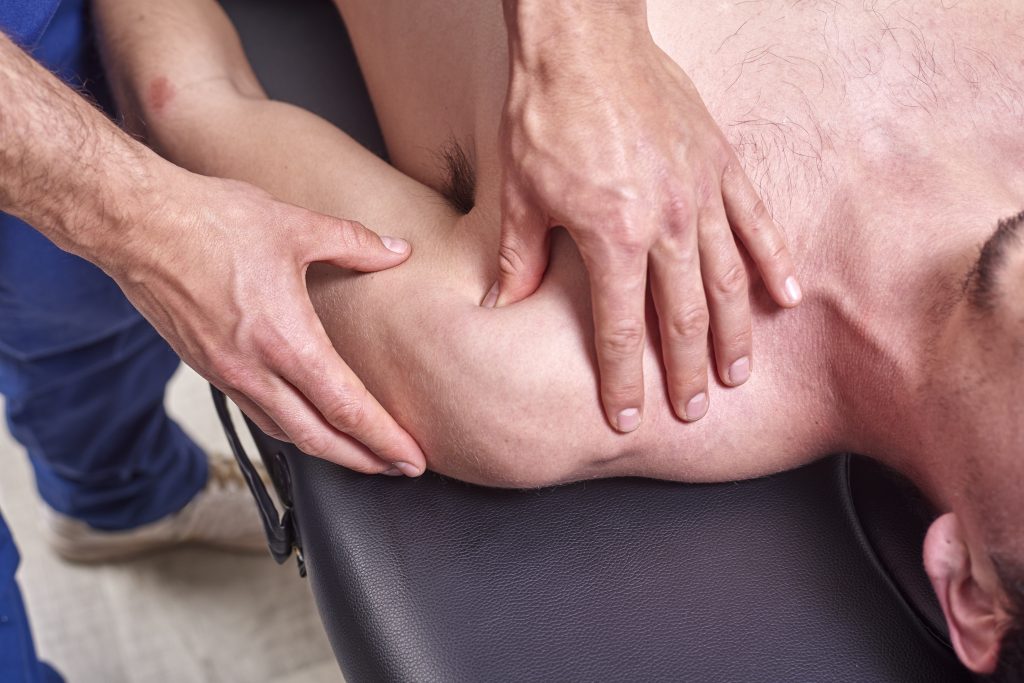
Musculoskeletal
The physical assessment helps us determine the source of the pain and its impact on your body mechanics. This involves looking at the affected areas of your body where you may have disfunction or experience pain.
Our physiotherapist will choose appropriate methods to measure quality of movement, range of motion, the muscle strength, etc.
Respiratory
The physiotherapist will need to see your ribcage/chest area, shoulder girdle, stomach area and back. A stethoscope will be used to auscultate, we will listen to the sounds from within in case of identifying any abnormal sounds associated with some lung illnesses.
Our physiotherapist will also measure your respiratory rate, blood pressure, chest expansion, etc.
We will then proceed to looking at how well you deal with exercises, this may vary from doing some simple activities such as running on a treadmill, bringing hands in front of you, standing up from a chair or cycling on a bike.
Post COVID-19 treatment program
Based on clinical findings from the assessment, specific treatment objectives and goals, we create management plan which is tailored to your individual needs. This might include methods to manage breathlessness, fatigue, improving your exercise tolerance and lung capacity, rehabilitation of joint and muscle dysfunction as well as education in the self-management of the problem, including exercises and other advice.
Our physiotherapists understand the nature and complexity of COVID-19 rehabilitation, so If we suspect additional symptoms during our examination that requires further investigation, we have a large network of specialist clinicians to refer you to.
Reference:
NHS London North West University Healthcare, Physiotherapy Department (2020). Post COVID-19 physiotherapy advice and exercise programme. Available at: Covid-booklet-post-discharge-hospital-FINAL.pdf (enderley.nhs.uk) (Accessed: 25 February 2021).
